In the relentless heat of summer, nothing beats a refreshing dip in the pool. But when pool water starts to feel like warm bath water, it’s less than inviting. Most people enjoy swimming in temperatures between 80-90 degrees(F), but beyond this, it can be uncomfortable. In areas where high temperatures are the norm, knowing how to cool a pool, whether it’s in a home or a business, is important. In this article, we’ll discuss the costs and practical methods to cool a pool, helping you make the most of your swim time, even on the hottest days.
Basics of Pool Cooling
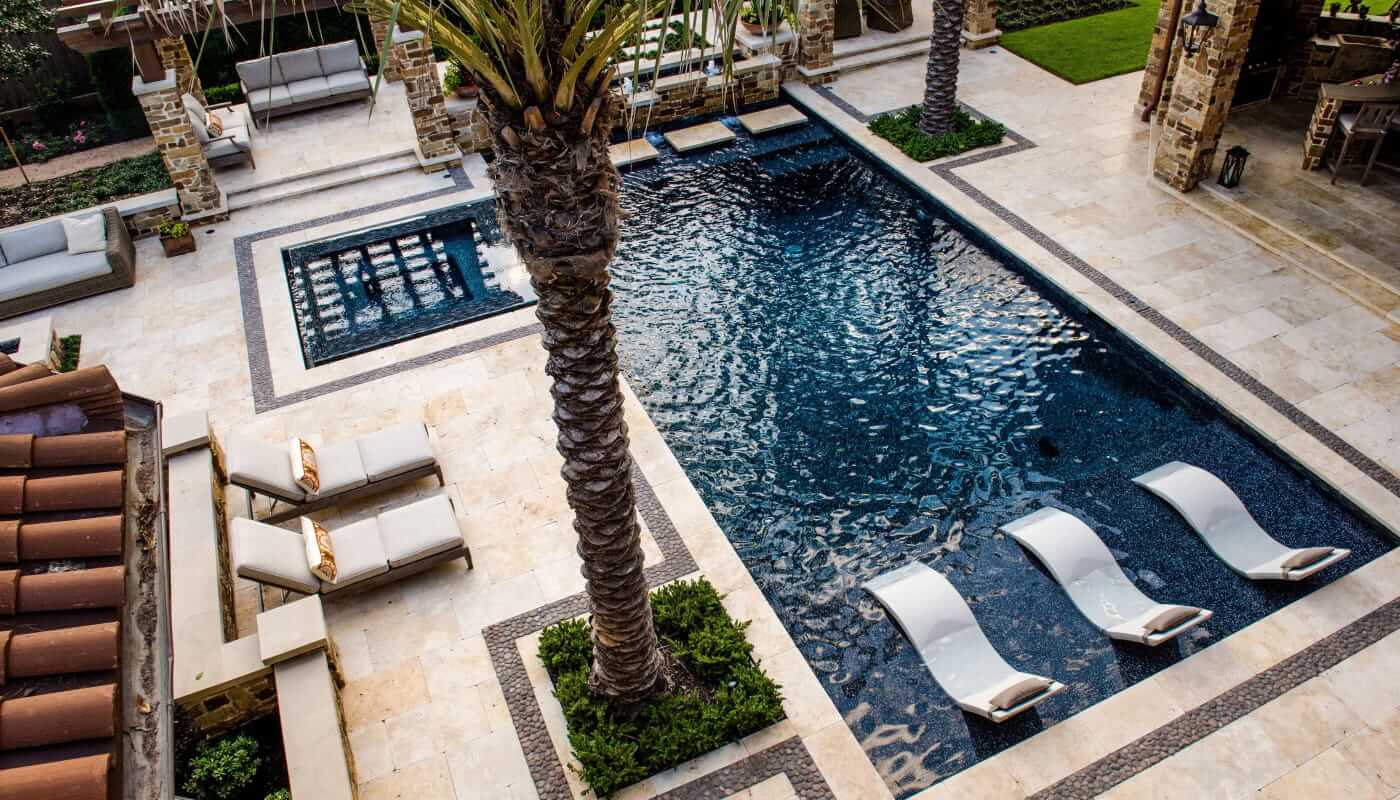
Imagine how it feels when you step out of a pool on a breezy day. You might shiver because the water on your skin quickly turns to vapor, taking some of your body heat with it. That’s evaporation at work, and it’s the same thing that can help keep your pool cool. Evaporation is nature’s way of cooling things down. It’s like your pool is sweating, just like you do when it’s hot out. When water turns from a liquid to a gas, it uses up heat from its surroundings. So, as the pool “sweats,” it takes in the heat from the pool water, making it cooler.
Just like how you might feel colder or hotter on different days, many things can affect your pool’s temperature. Some of the main ones are:
- Sun Exposure: It’s the most obvious one. The more sun your pool gets, the hotter it can become. It’s like how you feel warmer when you step into the sunlight.
- Air Temperature: Think of the air as a big blanket around your pool. If the air is hot, it can make your pool feel warmer, too.
- Wind: A breezy day can speed up evaporation, helping to cool your pool faster.
- Pool Usage: Believe it or not, simply using your pool can help keep it cool. Splashing around disturbs the water and increases the surface area exposed to the air, encouraging evaporation and cooling.
It’s like a dance between the sun, air, wind, and water. Understanding this dance is the first step in finding ways to keep your pool refreshingly cool even on the hottest days. Let’s move forward to discuss some practical ways to apply these principles to your pool.
Cooling Methods for Backyard Pools
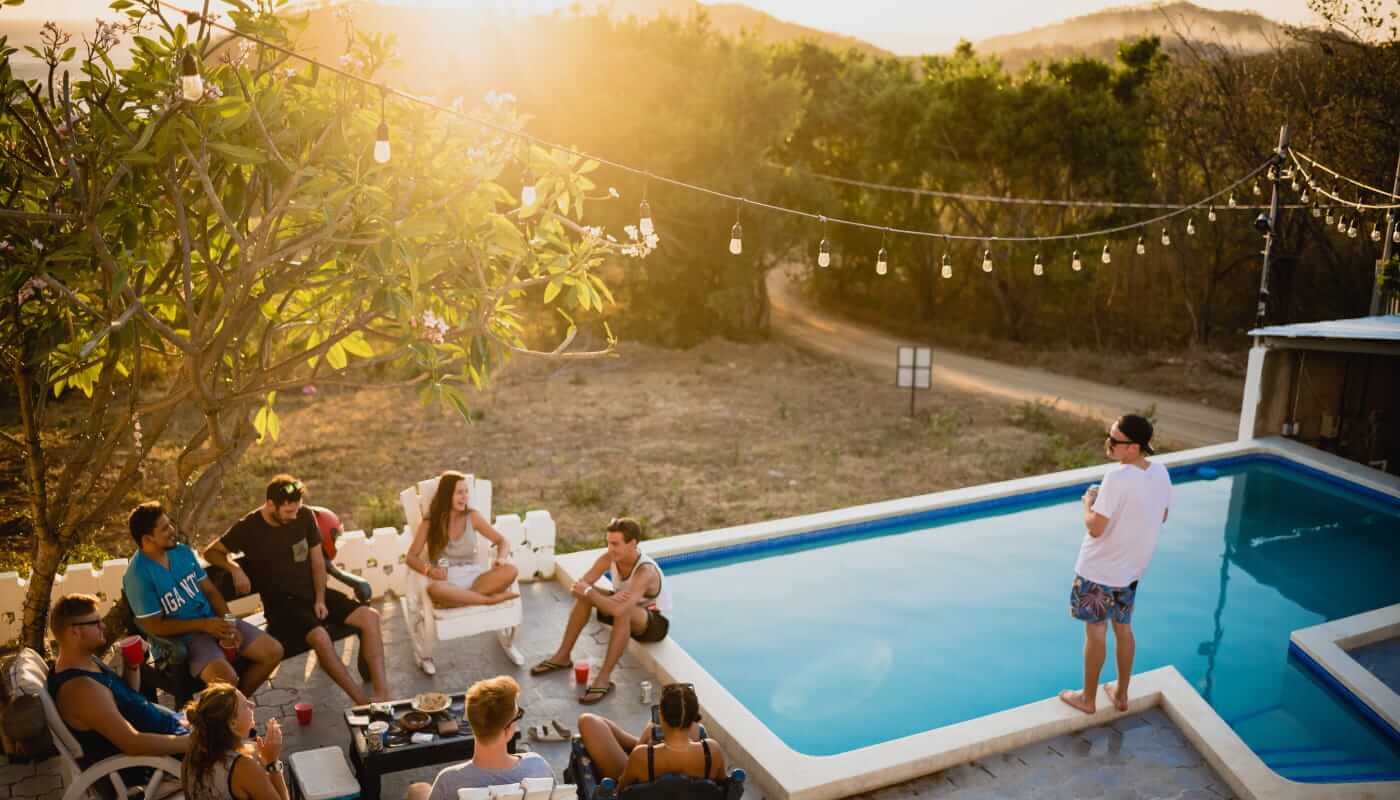
Let’s explore some of the common cooling methods to keep your backyard pool refreshing throughout the scorching summer days:
Fountains & Waterfalls
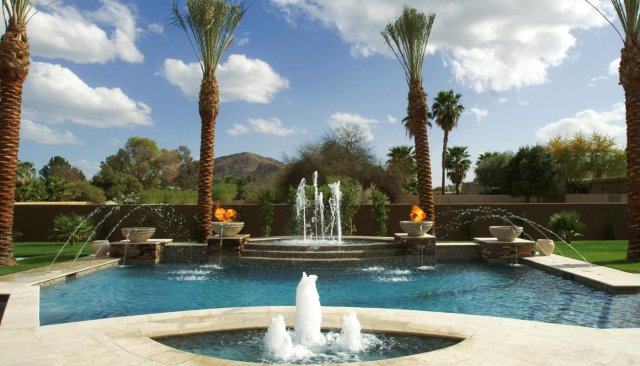
Adding a fountain or waterfall not only elevates the visual appeal of your pool but also aids in cooling. The water movement amplifies evaporation, thus reducing the water temperature. It’s best to operate them at night when air temperatures are lower. Bear in mind, this method may lead to increased water loss due to enhanced evaporation.
Cost Analysis: Upfront costs can range from $1,000 to $5,000 or more, depending on the complexity of the installation. Operating costs can be about $10-$30 per month, accounting for additional water and electricity usage.
Misting Systems
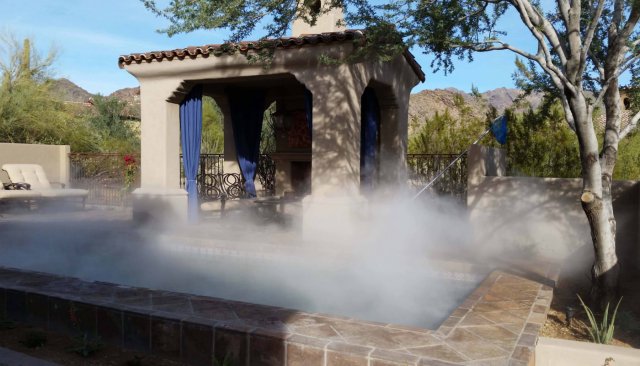
Misting systems offer an innovative way to chill the surrounding pool area. The evaporating mist cools the ambient temperature, indirectly helping to keep your pool water cool.
Cost Analysis: These systems can cost anywhere from $100 to $500 upfront. Operating costs can be around $10-$20 per month, depending on usage.
Pool Chiller or Pool Heat Pump
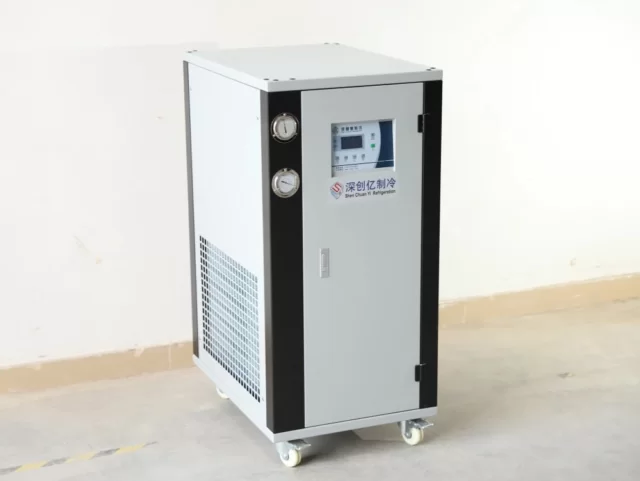
Reversible heat pumps are an effective solution, capable of heating or cooling your pool water at your discretion. Although they might require substantial initial investment and energy usage, they’re proficient in maintaining an ideal pool temperature.
Cost Analysis: The upfront cost of a pool chiller or heat pump can be quite high, often ranging from $2,000 to $5,000 or more, including installation. Operating costs are significant as well, potentially reaching $100 per month or more depending on the climate and the size of the pool.
Shade
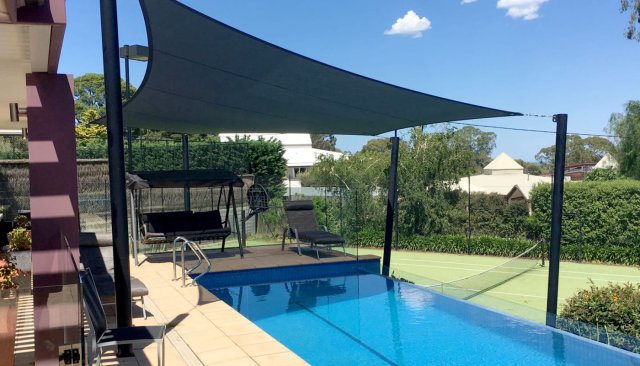
Incorporating shade structures or umbrellas can help limit the amount of direct sunlight hitting the pool surface, thus reducing heat absorption. While this is a more long-term and passive method, it can effectively contribute to maintaining cooler pool temperatures.
Cost Analysis: These can range from $200 for simple shade sails to several thousand dollars for larger, permanent structures. They have no running costs associated.
Cooling Tower
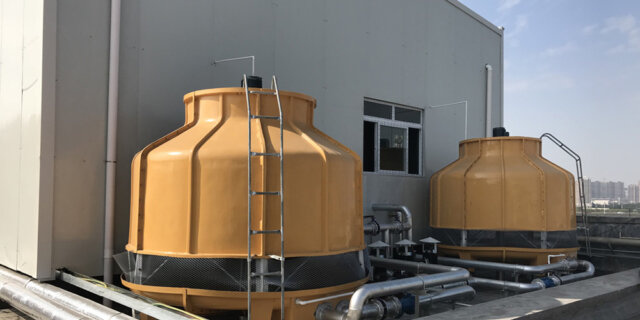
A more industrial solution, cooling towers use evaporation to remove heat from the pool water. This might not be a feasible solution for everyone due to its size and operational complexity, but they are highly effective.
Cost Analysis: Cooling towers can have an upfront cost in the range of $1,500-$3,500. The running costs are relatively lower than chillers or heat pumps, around $20-$40 per month depending on energy prices and usage.
Each method varies in terms of upfront costs, running costs, longevity, and environmental impact. It’s critical to consider all these aspects and evaluate which method aligns best with your specific needs, the local climate conditions, and your budget.
| Cooling Method | Upfront Cost | Operating Cost | Longevity | Environment Impact |
|---|---|---|---|---|
| Fountains & Waterfalls | Medium | Low | High | Low |
| Misting Systems | Low | Medium | Medium | Low |
| Pool Chiller/Heat Pump | High | High | High | Medium |
| Shade Structures | Low-Medium | None | High | None |
| Cooling Tower | Medium | Low-Medium | High | Medium |
Cooling Methods for Commercial Pools
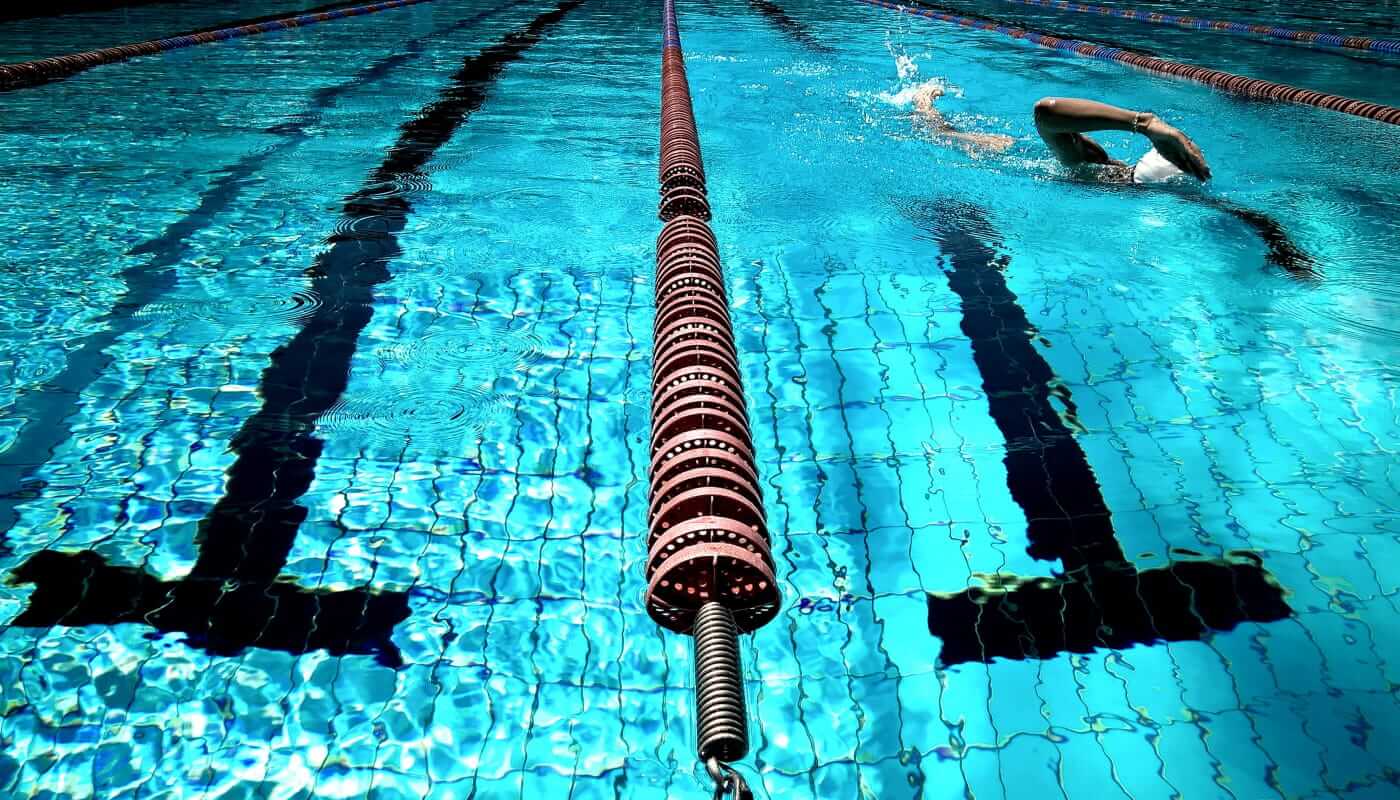
When it comes to commercial pools, the stakes are higher. Pool temperature management is no longer just a comfort issue—it’s a business concern. With greater water volumes, increased usage, and customer satisfaction on the line, commercial pool operators often need more potent solutions. Here are some of the most common methods employed:
High-Capacity Pool Chillers
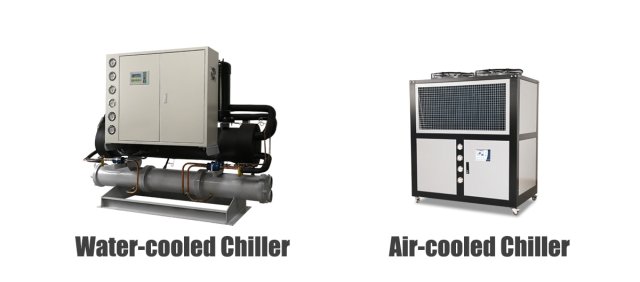
These machines are the heavyweights of pool cooling. They can handle the high demand of commercial pools, providing a consistently cool swimming environment even in the hottest weather.
Cost Analysis: These systems can cost upwards of $5,000-$15,000 or more to install, and their running costs are substantial due to their high energy consumption. From an environmental perspective, they are relatively high in carbon footprint, depending on the energy source.
Pool Heat Exchangers
Heat exchangers work by transferring heat from the pool water to another medium, usually air or groundwater. This method can be very efficient, especially in cooler climates or situations where waste heat can be utilized effectively.
Cost Analysis: Upfront costs are similar to chillers, around $5,000-$10,000, with lower operating costs due to their efficient heat transfer process. They have a comparatively smaller carbon footprint, particularly if they can utilize waste heat.
Hybrid Systems
These systems blend the best features of different cooling methods, usually combining a chiller or heat exchanger with an evaporation-based system. These systems can provide excellent cooling performance with lower operating costs, making them a popular choice for many commercial pools.
Cost Analysis: Installation costs can range from $7,000 to $20,000 depending on the complexity of the system. However, their running costs are typically lower than chillers alone. Environmentally, they can be more sustainable than other systems due to their combined use of energy-efficient technologies.
In summary, the right choice for commercial pool cooling largely depends on the specific situation—pool size, budget, climate, and environmental considerations all play a role. Each of these methods has its own strengths and weaknesses, and the best choice often involves a balanced consideration of these factors. Feel free to consult our professional engineers.
| Cooling Methods | High-Capacity Chillers | Heat Exchangers | Hybrid Systems |
|---|---|---|---|
| Upfront Costs | High ($5,000-$15,000) | Moderate ($5,000-$10,000) | High ($7,000-$20,000) |
| Running Costs | High (Energy intensive) | Lower (Efficient heat transfer) | Moderate (Utilizes energy-efficient technologies) |
| Life Span | Good (With regular maintenance) | Good (With regular maintenance) | Good (With regular maintenance) |
| Ease of Installation | Moderate | Moderate | More complex (Involves integration of various systems) |
| Environmental Impact | Higher (Energy consumption can contribute to carbon footprint) | Lower (Utilizes waste heat effectively) | Lower (Uses energy-efficient technologies for cooling) |
Conclusion
Remember that no single method is a one-size-fits-all solution. The size of your pool, the local climate, how often you use the pool, and local regulations are all critical factors.
Consider the upfront costs, running costs, longevity, and environmental impact of each cooling method. Keep in mind, also, that an efficient pool cooling system doesn’t just make your swims more enjoyable—it can also extend the lifespan of your pool and improve the value of your property.
Cooling your pool doesn’t have to be a daunting task. With careful consideration, you can find a solution that’s perfect for your needs. Here’s to a future of cool, refreshing swims—no matter how hot the summer gets!
FAQs
Q1: What are the main methods to cool a backyard pool?
A1: The main methods include the use of fountains & waterfalls, cooling the pool area with misting systems, utilizing a chiller or heat pump, installing a cooling tower, or providing shade. Each method has its advantages and considerations in terms of cost, maintenance, and effectiveness.
Q2: How does a cooling tower compare to a chiller or heat pump in terms of cost and efficiency?
A2: A cooling tower is generally less expensive to operate than a chiller or heat pump due to its lower electricity consumption. However, the upfront costs can be higher, and it may not be as effective in extremely hot climates.
Q3: What methods are typically used to cool commercial pools?
A3: Commercial pools often require high-capacity solutions like chillers, heat exchangers, or hybrid systems. These systems have higher upfront costs but can effectively manage the temperature of large volumes of water.
Q4: What factors should I consider when choosing a cooling method for my pool?
A4: You should consider the size of your pool, the average ambient temperature and sun exposure in your area, how frequently and for what purposes you use the pool, as well as any local regulations or restrictions that may apply.
Q5: How does evaporation affect pool temperature?
A5: Evaporation is a natural cooling process that lowers the temperature of your pool. When water turns from a liquid into a gas (evaporates), it takes heat with it, cooling the remaining water. Many pool cooling methods, such as fountains and waterfalls, use this principle to lower water temperatures.

Achei ótimo esse equipamento.
Thanks for your kind words